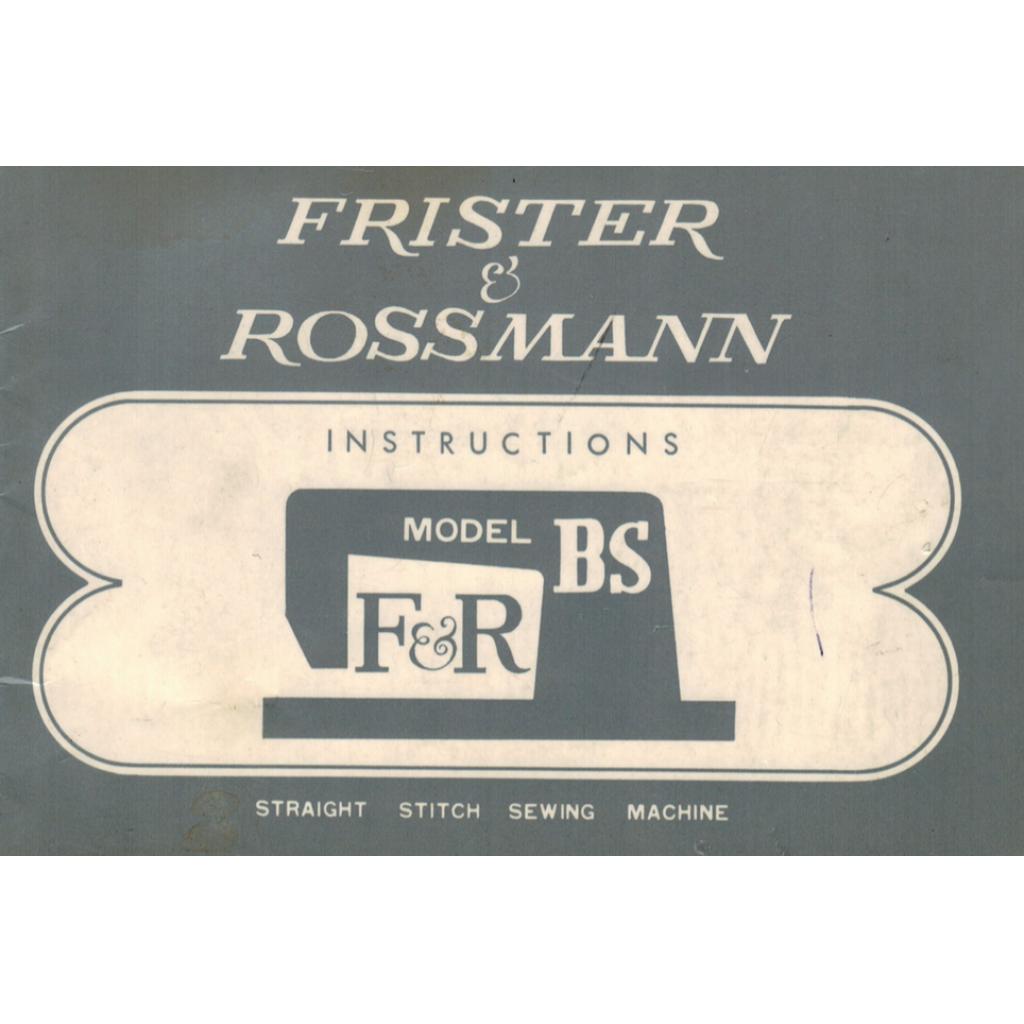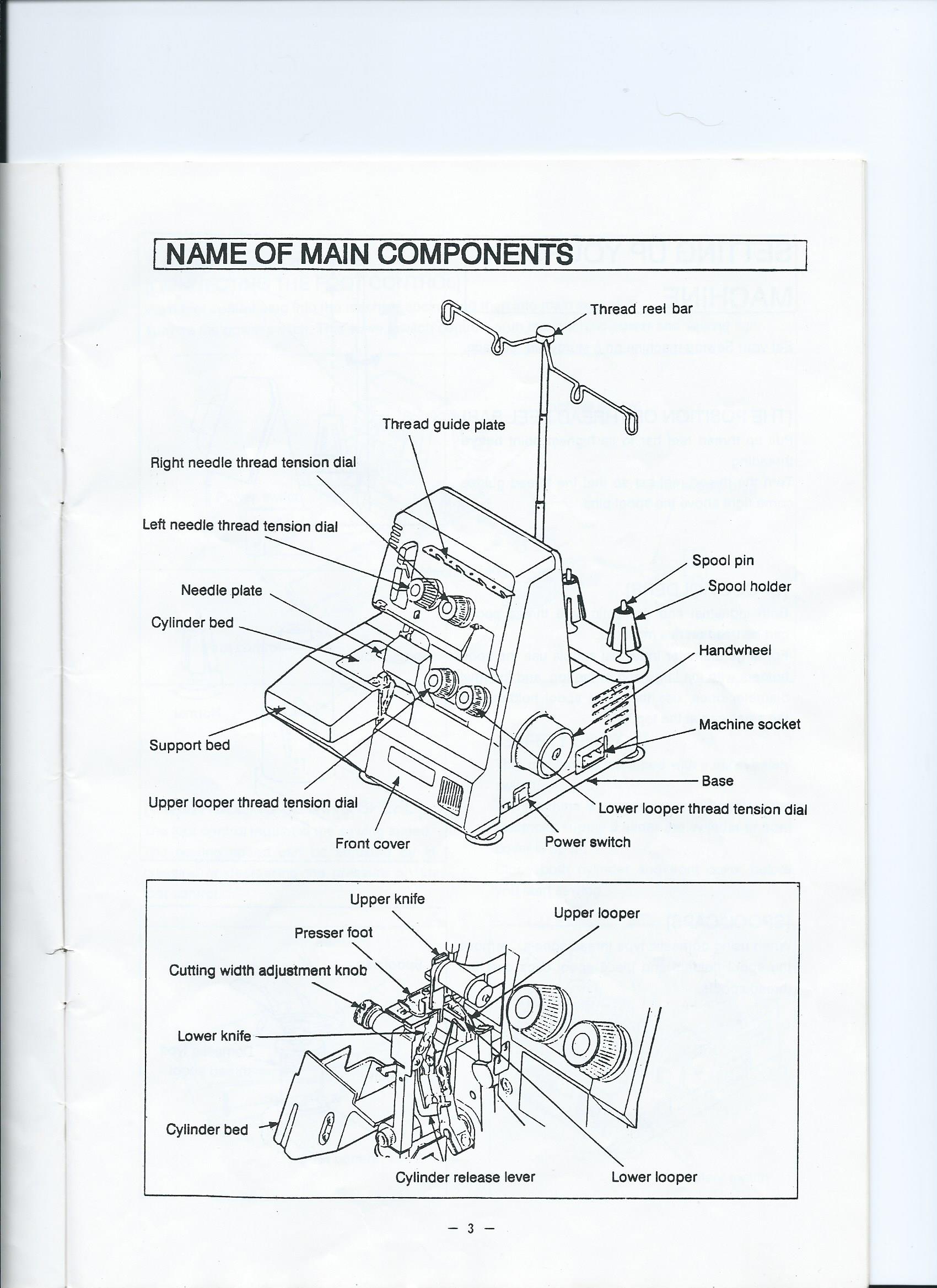
In the current year (1869) 5.000 pieces have alreadyĮmerged from this factory and today it supplies 200 machines every week and 10.000 sewing machines in twelve months. Produced 1.500 sewing machines 500 in the first half of the year and 1.000 in the second. the factory of Frister & Roßmann in Berlin, which in the previous year (1868) Week ( and 13.000 sewing machines in twelve months). Red figures with ** In 1869 the new factory was set for 250 sewing machines per Red figures with * are annually production from Alte Nähmaschinen by Peter Wilhelm. Generally said to have begun on 1 September 1939 with the invasion of Poland by Germany and subsequent declarations of war on Germany by France and theġ945 _ S urrender of the armed forces of Nazi Germany. Strange that the company continued to produce such a machine which by that time was outdated in comparison with the vibrating shuttle machines then being produced. The date 27th Okt 1937 is stamped on the bottom edge of the case and we believe this would have been the date of manufacture. Quitmann, 23/24 Little Britain, Newgate Street, London. Despite beginning inġ920 exports to England again, the excessive production of sewing machines and the loss of sales to belligerent countries, the Frister & Rossmann had no choice but to sell the shares.ġ929 _ Frister & Rossmann went in dissolution.Ī Model D Transverse Shuttle machine supplied by O. Quitmann 23 & 24 Little Britainġ925 _ With the defeat, in Germany began economic problems.

Hitler and the Nazi Party came to power in January 1933Ģ5.000 1934 O. Market crash of Octo(known as Black Tuesday) The depression originated in the U.S., after the fall in stock prices that began around Septemand became worldwide news with the stock dated decided to release according to § 240 HGB, the dissolution of theģ.888.782 TS 48-K O.

+ 55.000 1927 FRISTER & ROSSMANN UNDER GRITZNER + 50.000 1925 FRISTER & ROSSMANN UNDER GRITZNER

The sewing machine were imported in England by the new soleĪgent OLIVER QUITMANN with offices in 18 CITY ROAD, in London.

Possibly after the Treaty of Versailles, the Frister & Rossmann could export again to England. Of Versailles (France), signed on 28 June 1919, came into force on the January 10, 1920. PIERSSENE 49 FORE STREET TS/VSĭuring the great war, the sewing machines production could have been maintained high, despite Frister & Rossmann started the production of weapons of war, because confident of certain victory or for different reasons.Īfter World War I, Germany was forced to pay all of the war reparations after the Treaty
FRISTER AND ROSSMAN MANUAL SERIAL
PIERSSENE 49 FORE STREET TS/VSĨ92.460 This serial belong to one of the first F&R VS sewing machine Last machine badged 49 Fore Street s/n 561.276įirst badged S.LOEWE 49 FORE ST. LOEWE ) 49 FORE STREET FB - W&Wįirst machine badged 49 Fore Street s/n 539.711 # Isidor and others may have sold were sold by him either under an English name and trade mark, or else they were supplied without any name or trade mark, for the purpose ofĪffixing an English trade mark before they reached the public.ġ05.000. their name and trade mark were quite unknown to the English public and the few machines which


 0 kommentar(er)
0 kommentar(er)
